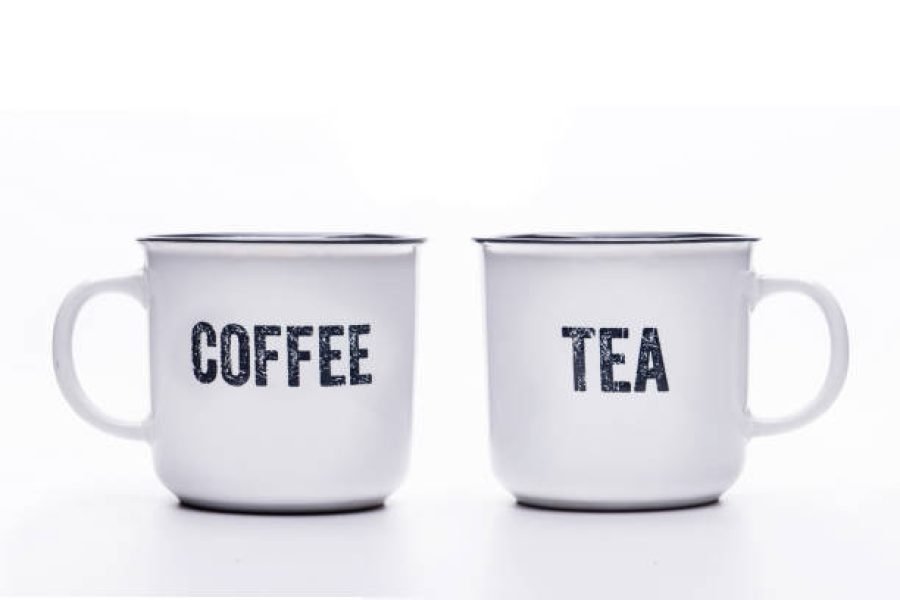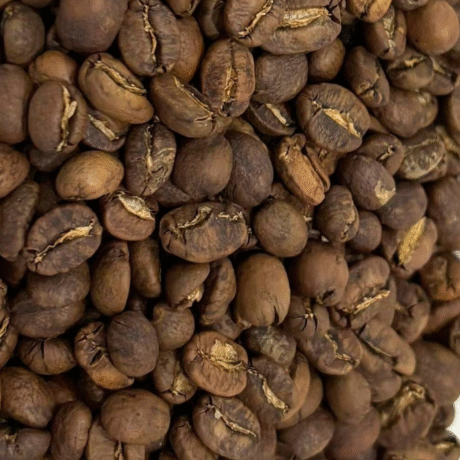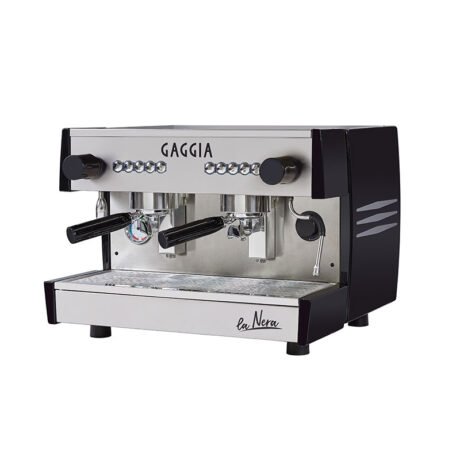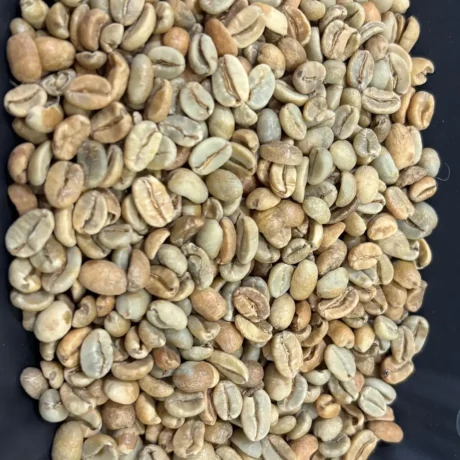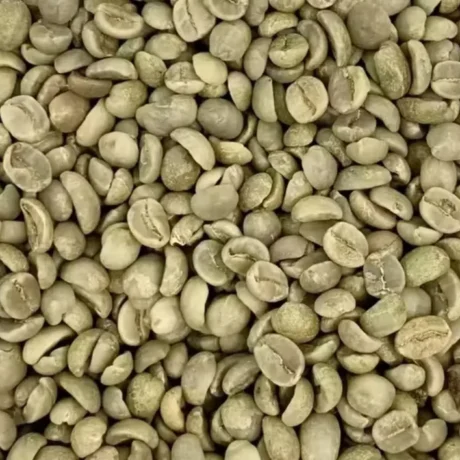England drinks tea because policy, supply, and culture aligned in a precise sequence. Coffee introduced a sober public sphere; tea conquered the home, the workplace, and the national clock. The shift was not accidental. It unfolded through religious reform, taxation, smuggling economics, imperial agronomy, and a plant disease that rewired plantation capitalism. This article maps the full chain with firm answers and practical takeaways for readers comparing coffee and tea today.
English Tea Culture
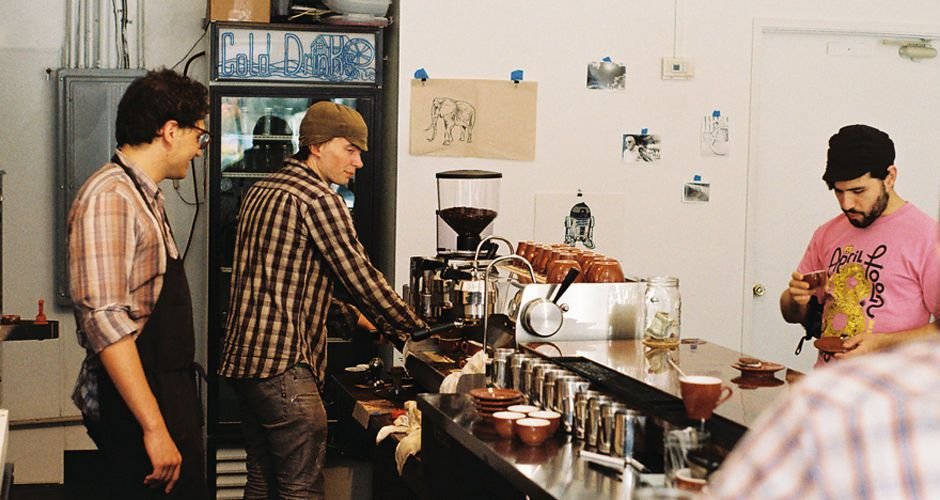
English tea culture defines a national habit centered on strong black tea—Assam-led blends, Ceylon brightness, and seasonal Darjeeling fragrance—served with milk and often sugar. It operates across three tiers:
- Household ritual: Breakfast tea, afternoon tea, and the evening cuppa. Teapot-first service, milk in the cup, and a quick 2–4 minute steep produce a bright, malty liquor that integrates with dairy.
- Work discipline: The tea break anchors industrial and office schedules. Boiled water ensures microbiological safety; milk and sugar deliver fast, predictable energy.
- Civic identity: Tea appears in hospitality, wartime morale, and public ceremonies. Even when cafés proliferated, the default domestic beverage remained tea.
For the deeper stimulant backstory and how coffee first set the stage, read the origin narrative in History of Coffee: How Coffee Origin Starts from Goats and Monks.
Coffee’s First Act: Penny Universities and a New Public Sphere
Coffee arrived in 17th-century London and reshaped conversation. Coffeehouses—nicknamed “Penny Universities”—sold news, argument, and access alongside a cup. Merchants, scientists, pamphleteers, and insurers organized information markets in these rooms. This sober stimulant culture gained traction as reformers discouraged alcohol-centered taverns.
Inside the cup, extraction rules governed quality. Readers comparing brew precision can sharpen technique with Brewing Time: Pour-Over Coffee and The Art of French Press: Coffee Ratio. The methodical control that powers modern specialty coffee mirrors the timing discipline that made tea breaks effective across factories.
Puritan attitudes accelerated the pivot from alehouses to stimulant venues. For the physiological and behavioral edge caffeine delivers in daily routines, see Effects of Coffee on Health and Addiction.
Court Fashion and Retail Innovation: How Tea Won the Home
Tea secured elite endorsement when Catherine of Braganza popularized it at court in the 1660s. Merchants translated fashion into retail standards. Thomas Twining’s London shop—known for selling consistent, high-grade, loose-leaf tea by weight—gave households a trustworthy channel. Most coffeehouses favored male patrons; tea service inside the home unlocked female purchasing power and domestic hospitality. Porcelain, silver, and the tea caddy turned beverage service into interior style.
To understand how sensory quality became legible in commodities, compare evaluation systems in Cup Above the Rest: The World of Specialty Coffee Grading. The same consumer logic—clarity, balance, cleanliness—governs black tea blending.
Tax, Smuggling, and the Commutation Act: The Price Collapse That Changed Everything
Eighteenth-century tea duties stayed punishingly high and encouraged smuggling and adulteration. The Commutation Act of 1784 slashed duties and collapsed the price gap between legal and illegal supply. Consumers gained cleaner tea at predictable prices; legitimate retailers scaled volume; quality improved because competition moved to flavor and consistency. This single policy decision turned tea from elite indulgence into a national staple.
Price sensitivity also dictates modern buying behavior. Protect flavor at home using airtight storage best practices from Guide to Extending the Life and Aroma of Coffee Beans and hardware advice in Why Is a Coffee Canister Important?. The same rules preserve black tea’s aromatics.
Empire and Agronomy: From China to Assam, Darjeeling, and Ceylon
Early British demand leaned on Chinese teas. The nineteenth century built a new supply architecture:
- Assam: Commercialization of Camellia sinensis var. assamica produced dense, malty liquor ideal with milk.
- Darjeeling: High-elevation gardens provided fragrant, muscatel notes for lighter cups and premium blending.
- Ceylon (Sri Lanka): Estates pivoted from coffee to tea, delivering clean, brisk lots that brighten English Breakfast blends.
Imperial agronomy guaranteed volume, price stability, and blend reproducibility. This backbone made tea the reliable daily choice. For an India-focused production primer and sourcing context, start with The Largest Coffee Producing State in India as a comparative agricultural lens, then map parallels to tea provinces.
Sustainability and land-use discipline shape long-term quality. The plantation lessons that govern coffee apply directly to tea. See Sustainable Coffee Production and Intercropping in Coffee Cultivation (Tumpang Sari) for frameworks that translate to tea agroforestry and soil health.
The Fungus That Rewired Global Stimulus: Coffee Leaf Rust and Ceylon’s Pivot
In 1869, coffee leaf rust (Hemileia vastatrix) devastated Ceylon coffee. Planters converted estates to tea with total commitment. Capital, labor, transport, and know-how reoriented to Camellia sinensis. The outcome was decisive: tea supply surged, prices stabilized, and English blends achieved year-round consistency with scalable brightness. This agricultural shock did not start England’s affection for tea; it locked it in.
Supply shocks still steer markets. For a market-structure overview that helps forecast category momentum, review Bean There, Done That: Rise of Specialty Coffee Market Growth and parallel the dynamics to tea.
Milk, Sugar, and the English Palate: Why Black Tea Fits the Bill
Assam-heavy blends extract tannins that bind beautifully with milk proteins, delivering structure without roughness. Sugar rounds the briskness. The kettle-to-teapot workflow serves multiple cups fast, fits family routines, and aligns with workplace rest windows. The result is dependable comfort, not fashion volatility.
If you compare stimulant load directly, verify your assumptions with How Much Caffeine Is in a Cup of Coffee?. The numbers clarify why some households run coffee in the morning and tea in the afternoon while still calling tea the national drink.
Coffee vs Tea in Practice: Preparation and Sensory Outcomes
Coffee strengths
- Control over grind size, contact time, and ratio produces precise outcomes. For step-by-step reliability, apply Perfect Coffee Measurements.
- Brewing pathways offer targeted acidity or chocolate-forward comfort depending on origin and roast. Explore method effects with Brewing Time: Pour-Over Coffee and The Art of French Press: Coffee Ratio.
- For low-acidity refreshment, use Cold Brew Coffee: Facts and Health Benefits.
Tea strengths
- Speed and scale: A teapot serves a household at once; no grinder or filter toggling.
- Milk integration: Black tea’s tannin profile supports dairy without muting aroma when timing stays tight.
- Ritual and rest: The tea break enforces hydration and mental reset during labor.
Curious about flavor benchmarking across origins? Calibrate your sensory vocabulary with SCA Cupping Form: The Secret to Becoming a Coffee Pro and apply the evaluation logic to tea tasting sessions at home.
Storage, Freshness, and Everyday Excellence
Oxygen, light, heat, and moisture degrade aromatics. Whether you stock beans or leaves, enforce the same rules:
- Buy in smaller, frequent quantities.
- Store in sealed canisters, cool and dark. See Store Coffee Beans and Why Is a Coffee Canister Important?.
- Use aroma-safe workflows—quick resealing, minimal headspace, and dry scoops.
- For longevity experiments, compare strategies with Freezing Coffee Beans and adapt protocols for tea.
British-Style Black Tea: Step-by-Step Brewing
- Boil fresh water. A rolling boil ensures full extraction of black tea aromatics. Pre-warm the teapot.
- Dose precisely. Use 2–3 g per 240 ml cup or 8–10 g per liter. Accuracy habits transfer from coffee: see Perfect Coffee Measurements.
- Pour immediately. Fill the pot with boiling water and steep 2–4 minutes.
- Milk in the cup. Add milk first if you want consistent temperature moderation and smoother integration.
- Strain and serve. Decant fully or remove leaves to halt extraction and protect brightness.
- Sweeten to taste. Refined sugar or demerara stabilizes perception of body without masking malt.
What the Switch Means for Today’s Drinker
The historical switch explains modern purchasing. Households that want precision and origin expression often brew coffee in the morning, guided by Specialty Coffee Processing and origin primers like Sumatra Coffee: Taste Characteristics and the Best Brewing Method. The same households rely on black tea for afternoon stamina because the teapot workflow wins at speed, shareability, and comfort.
If you aim to stock up decisively, plan sourcing with Where to Buy Green Coffee Beans: Things to Consider or Where to Buy Cheap Coffee Beans and apply the same vendor-vetting logic to tea merchants: clarity on origin, harvest window, storage, and packaging.
Conclusion: Why England Drinks Tea Instead of Coffee
England drinks tea because the Commutation Act lowered prices, imperial agriculture guaranteed supply, and coffee leaf rust forced a plantation pivot that flooded the market with quality tea. Domestic space, gendered purchasing power, and factory scheduling transformed those forces into daily ritual. Coffee built the sober urban sphere; tea captured the hearth and the shift bell. The result endures: a national identity anchored to a strong, milk-friendly black tea that delivers certainty in every cup.
FAQs
Why did tea overtake coffee in England?
Tax reform and imperial supply changed price and availability. The Commutation Act of 1784 slashed duties, smuggling collapsed, quality rose, and estates in Assam, Darjeeling, and Ceylon delivered consistent volume. Coffee leaf rust in Ceylon sealed the pivot to tea.
What role did coffeehouses play if tea won?
Coffeehouses established the sober, information-rich public sphere. Tea then dominated the home and the workplace, where group service, milk integration, and strict timing mattered more than café theatrics. For background on coffee’s early momentum, read History of Coffee: How Coffee Origin Starts from Goats and Monks.
Why milk with English tea?
Assam-forward blends deliver tannins and body that bind with milk proteins, stabilizing texture and moderating bite without dulling aroma when steeped precisely.
Is tea lower in caffeine than coffee?
Per typical serving, yes. Confirm serving-level comparisons in How Much Caffeine Is in a Cup of Coffee? and adjust your routine accordingly.
How do I keep black tea tasting vivid at home?
Control oxygen, light, heat, and moisture. Use airtight canisters and cool storage. Borrow best practices from Store Coffee Beans and Why Is a Coffee Canister Important?.
What if I prefer a gentler cup in hot weather?
Run cold extractions for coffee using Cold Brew Coffee: Facts and Health Benefits and replicate the concept for cold-steeped tea with tight filtration and fridge-safe containers.
How can I train my palate to judge both coffee and tea better?
Apply structure from SCA Cupping Form: The Secret to Becoming a Coffee Pro. Score aroma, acidity/brightness, body, aftertaste, and overall balance. The same grid sharpens tea evaluation and speeds learning.
What gear gives me the biggest quality jump for everyday brewing?
Consistency wins. Measure carefully with the workflow in Perfect Coffee Measurements, use a fast-boiling kettle, and keep a clean, pre-warmed teapot for black tea. This single habit cuts bitterness and locks in brightness.

